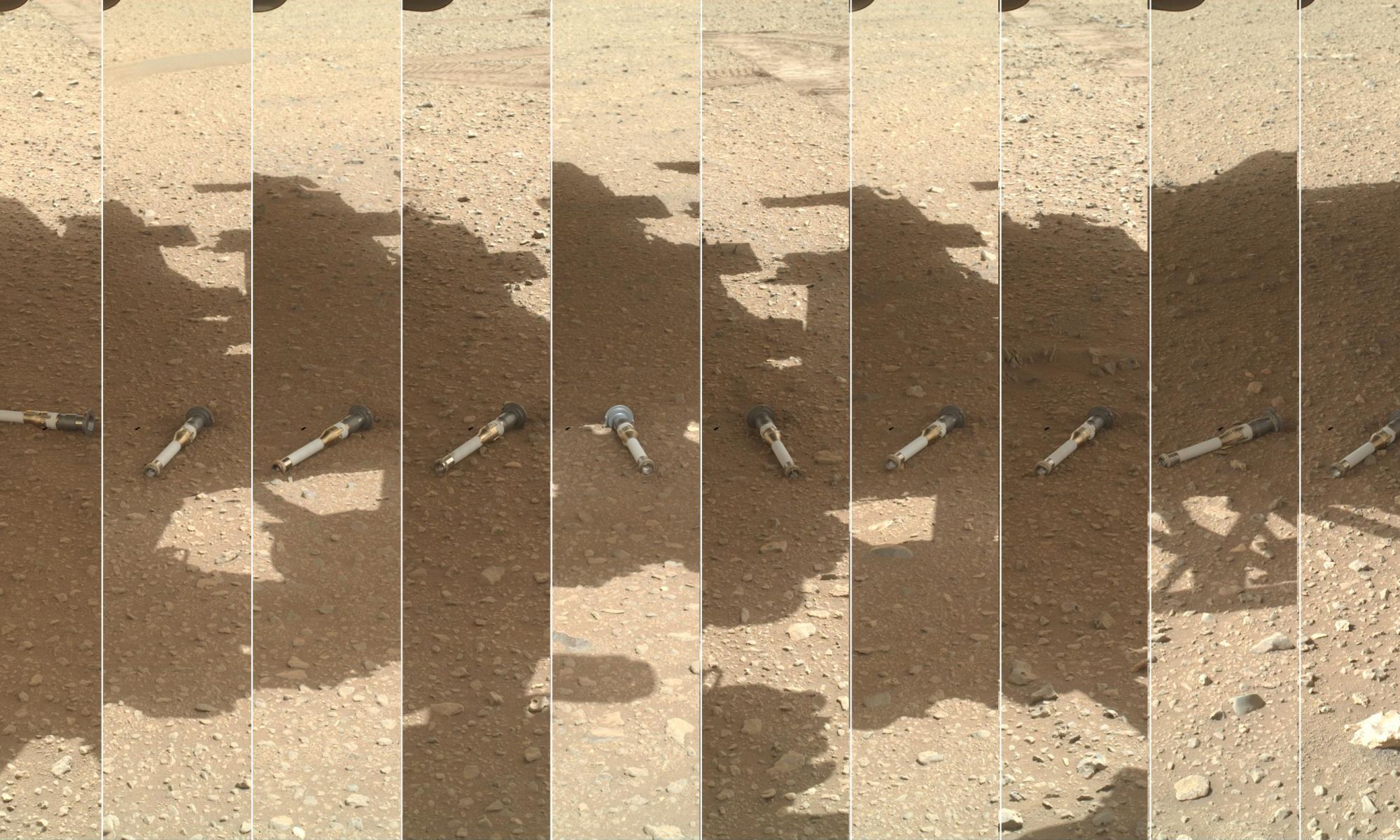I can remember when Perseverance was launched, travelled out into the Solar System and landed on Mars in February 2021. In all the time since it arrived, having clocked up 1000 days of exploration, it has collected 23 samples from different geological areas within the Jezero Crater. The area was once home to an ancient lake and if there is anywhere on Mars to find evidence of ancient (fossilised) life, it is here.
Continue reading “Perseverance Wraps Up Over 1,000 Days on Mars. Still Going Strong”We Need to Consider Conservation Efforts on Mars

Astrobiology is the field of science that studies the origins, evolution, distribution, and future of life in the Universe. In practice, this means sending robotic missions beyond Earth to analyze the atmospheres, surfaces, and chemistry of extraterrestrial worlds. At present, all of our astrobiology missions are focused on Mars, as it is considered the most Earth-like environment beyond our planet. While several missions will be destined for the outer Solar System to investigate “Ocean Worlds” for evidence of life (Europa, Ganymede, Titan, and Enceladus), our efforts to find life beyond Earth will remain predominantly on Mars.
If and when these efforts succeed, it will have drastic implications for future missions to Mars. Not only will great care need to be taken to protect Martian life from contamination by Earth organisms, but precautions must be taken to prevent the same from happening to Earth (aka. Planetary Protection). In a recent study, a team from the University of New South Wales (UNSW) in Sydney, Australia, recommends that legal or normative frameworks be adopted now to ensure that future missions do not threaten sites where evidence of life (past or present) might be found.
Continue reading “We Need to Consider Conservation Efforts on Mars”The Current Mars Sample Return Mission isn’t Going to Work. NASA is Going Back to the Drawing Board
Human spaceflight is not the easiest of enterprises. NASA have let us know that their plans for the Mars Sample Return Mission have changed. The original plan was to work with ESA to collect samples from Perseverance and return them to Earth by 2031. Alas like many things, costs were increasing and timescales were slipping and with the budget challenges, NASA has had to rework their plan. Administrator Bill Nelson has now shared a simpler, less expensive and less risk alternative.
Continue reading “The Current Mars Sample Return Mission isn’t Going to Work. NASA is Going Back to the Drawing Board”Fly Around Jezero Crater on Mars in This New Video
There’s a reason Jezero Crater was chosen as the landing site for the Perseverance Rover: it is considered one of the likeliest places to find any evidence if Mars was ever habitable for long periods of time. In this great new flyby video from ESA, you can get a birds-eye look at Perseverance’s home.
Created from data ESA’s Mars Express and NASA’s Mars Reconnaissance Orbiter, the video takes you on an aerial tour of the crater. From this perspective, you can see the water features in this ancient impact crater and understand why this was considered one of the best places to explore Mars.
Continue reading “Fly Around Jezero Crater on Mars in This New Video”Perseverance is Building Up a Big Collection of Mars Samples

NASA’s Perseverance Rover has reached another milestone. It’s finished caching its samples for a potential return to Earth. The sample depot is located in Mars’ Jezero Crater, where Perseverance is busy searching for signs of ancient life.
Continue reading “Perseverance is Building Up a Big Collection of Mars Samples”Perseverance is Putting its Samples Onto the Surface of Mars, So a Future Helicopter can Pick Them Up

At this point in its mission, NASA’s Mars Perseverance Rover has collected almost 50% of its samples. The rover is now building its first sample ‘depot’ on the surface of Mars. The depot is a flat, obstacle-free area with 11 separate landing circles, one for each sample tube and one for the lander.
A future mission will retrieve these samples by helicopter.
Continue reading “Perseverance is Putting its Samples Onto the Surface of Mars, So a Future Helicopter can Pick Them Up”


